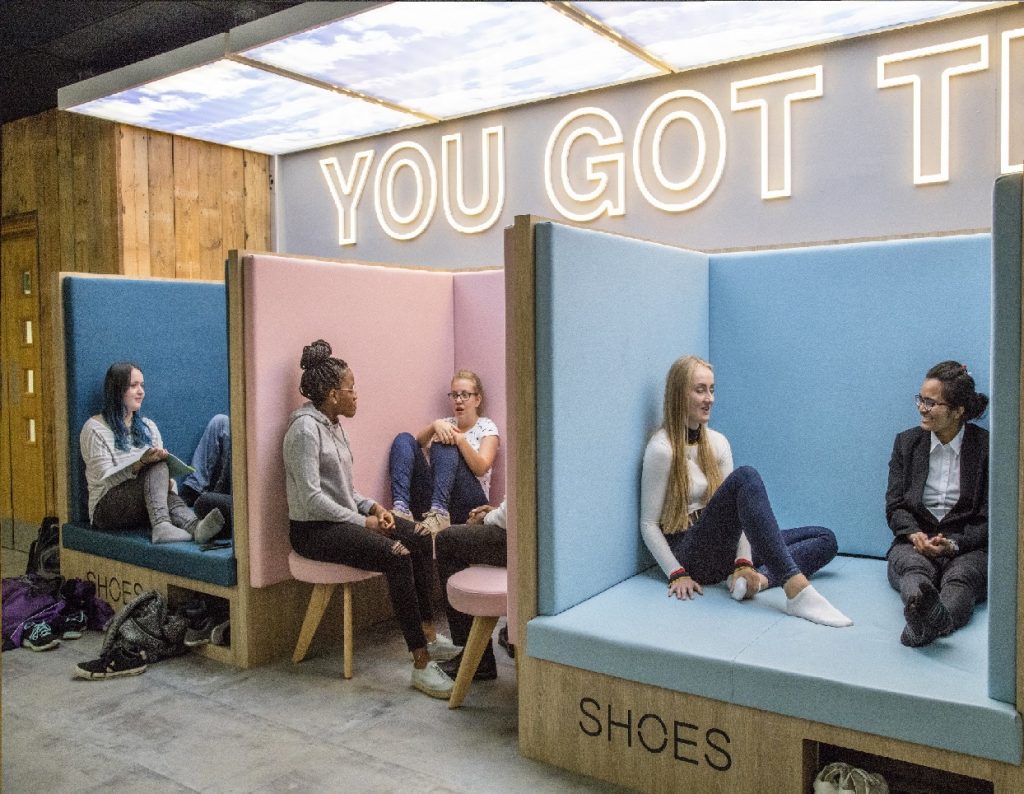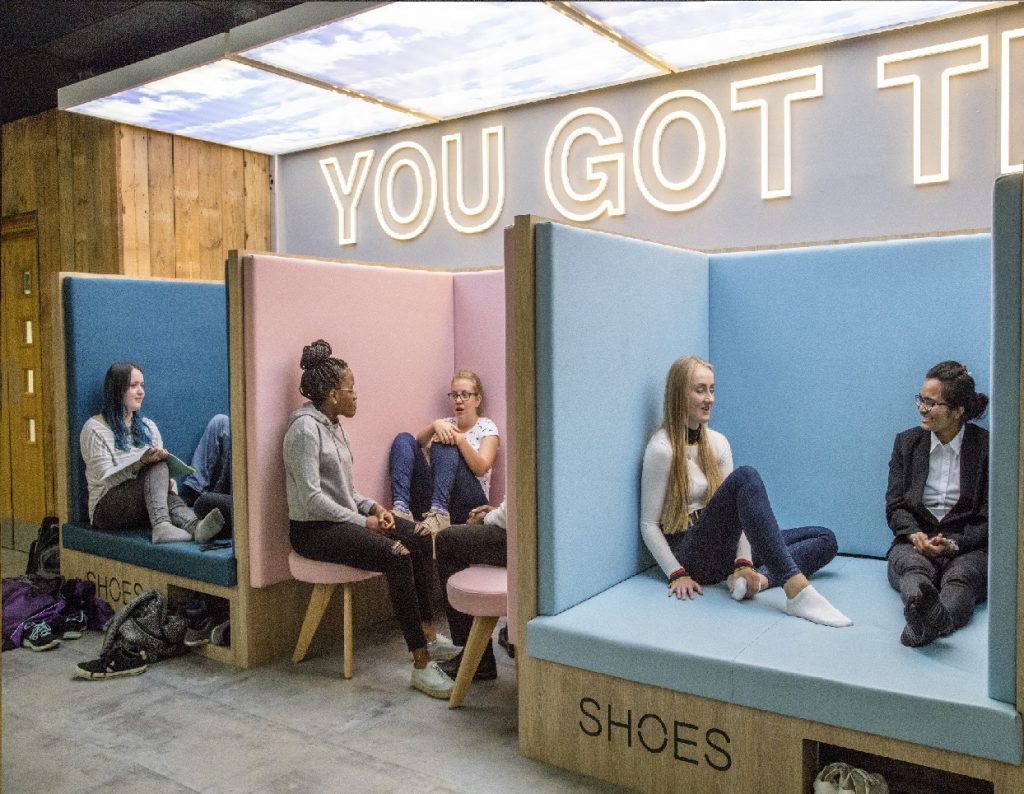This was first published as a guest blog for the Higher Education Policy Institute.
It is the start of a new academic year. As staff thoughts turn to course induction and as Students Unions plan Freshers’ events, new students are rolling up posters, packing bags, and raiding parents’ houses for spare bedding and saucepans. It is almost moving-in day.
Except that, for a lot of students, it isn’t. As work by the Sutton Trust highlights, over the past decade more and more students are choosing to live at home during their studies, driven by the prospect of saving money, maintaining part time jobs and keeping family and social connections. At the University of Hertfordshire around 40% of our students identify as commuters. They are a diverse bunch. Some are young local students for whom continuing to live at home feels like the natural – and financially sensible- choice. Some are mature students with families and other commitments which mean that moving was never an option for them. And some are students from elsewhere (in the UK or abroad) whose rented property is some way from the university.
Evaluation of the commuter student experience is sparse, because definitions vary: living at home (versus on campus), distance travelled and time taken are all in the mix. And of course, populations fluctuate – someone moves back home from campus, or moves further away. The commuter student population is therefore neither easily measured, nor static. But while universities and regulators prevaricate over the most appropriate definitions, the needs of a large student group may go unmet. As the HEPI / Advance HE Student Academic Experience Survey highlights, commuter students may end up less satisfied with their experience and be more likely to consider leaving than their on-campus peers. What can universities do to improve this?
Isolating factors to work on is a start. In HEPI’s report on ‘commuter students’, Maguire and Morris highlight two factors that universities should take into account when considering commuting students’ experiences: distance travelled to university and whether or not a student lives with other students. Considering both the risk of travel disruption, and the risk of social disengagement from other students can, they argue, identify those students most at risk.
However, talk of ‘at risk students’ can also suggest a deficit approach, in which the middle class, on-campus model is held up as the gold standard, and where we aim to mitigate, as far as possible, the disadvantages of commuting. But that isn’t necessarily how our students see it. I remember a commuting parent who I interviewed once saying fiercely to me:
When I leave here, I’ve got twenty minutes to go and pick them [the children] up from concert band. And then its onto something else and on to something else. That’s the way it is and that’s fine. It’s not stopping me enjoying it. It’s just a different experience.
So rather than seeing a deficit in our students, far better to acknowledge that our commuters have made a positive choice about how to manage their studies and life. We need to work with that, rather than trying to shoehorn them into a ‘traditional’ model that, for many, feels outdated in today’s busy world. For those of us who work in universities our interest, surely, should be in understanding and enhancing that modern experience.

At Hertfordshire, as a diverse university with a commitment to transforming the lives of all our students, we are learning to work from the positive perspectives of those students; learning to look through their eyes at all our provision. How does the way we operate create needless barriers to academic and social engagement, and how can these be overcome? We have found that, as so often in matters of inclusion, good practice designed to benefit one group (in this case commuting students) often benefits all. While some ideas specifically target commuters, such as ‘Commuters Connect’, an online space set up by our Students Union to help commuters network and engage, many do not. By listening to the voices of our commuters, we realise they are asking for flexibility and choice in how or when they study, socialise or communicate with us. And that flexibility and choice benefits all students – even on campus students have lives and commitments- it is a win-win situation. Often simple, low cost actions can make a difference. Maguire and Morris offer a good ‘go-to’ list when planning changes. Some good first steps for us have been the following:
- Listen for the voices of commuter students in the data you already collect. You don’t always need a new survey.
- Consider how the Student Union represents commuters – ours has a commuters’ officer.
- Make sure commuters’ needs are visible in meetings and communications.
- Ensure that your default is not only on-campus.
- Develop small, informal spaces where commuters (and others) can chill out between timetabled sessions, whether to chat, rest or work.
- Provide lockers so that students don’t have to carry heavy bags all day.
- Timetable with travel in mind, minimise long gaps and late changes.
- Schedule events and activities in weekday daytime, as well as evening and weekend.
- Embrace technology! Offer online learning and communities.
So, as staff plan their modules, Students Unions get ready for Freshers, and new students nervously wonder if they’ll cope and make friends, please plan for the commuters among them and remember the words of my student:
That’s the way it is and that’s fine. It’s not stopping me enjoying it. It’s just a different experience.




